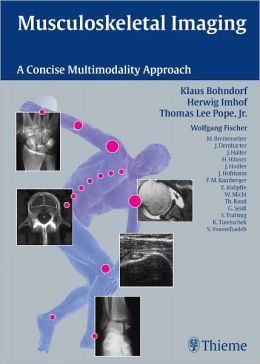-78%
Unveiling the Enigmatic Hip Joint: A Comprehensive Guide to MR Imaging
The hip joint presents a formidable challenge for imaging due to its intricate anatomy. Neighboring Structures: Imaging the hip requires an in-depth understanding of the surrounding bones, tendons, ligaments, and intra-articular structures. These elements contribute to the joint’s stability and mobility and must be carefully considered during examination.
Meticulous Protocol Design: MR imaging protocols must be meticulously crafted to capture the full spectrum of hip anatomy. Specific pulse sequences and parameters are tailored to visualize different tissues and structures, ensuring optimal image quality and diagnostic accuracy.
Intimate Knowledge of the Normal Anatomy: A thorough grasp of the normal hip anatomy is essential for accurate interpretation of MR images. Recognition of anatomical landmarks, such as the femoral head, acetabulum, and iliopsoas muscle, guides the identification of potential abnormalities.
Understanding Disease Processes: A comprehensive understanding of diseases affecting the hip joint is paramount for diagnosing and managing conditions. Familiarization with pathologies such as osteoarthritis, labral tears, and hip impingement enables radiologists to discern subtle deviations from normal anatomy.
Cutting-Edge Techniques: This issue explores the latest advancements in MR imaging of the hip. Advanced Pulse Sequences: Newer pulse sequences, such as DESS (Dixon enhanced susceptibility weighted imaging) and T1rho, provide enhanced contrast and tissue characterization, improving the visualization of subtle lesions and cartilage degeneration.
3D Imaging: Advanced 3D imaging techniques, including volumetric interpolated breath-hold examination (VIBE) and dynamic 3D sequences, enable comprehensive evaluation of joint anatomy and motion. These techniques capture the entire hip in a single acquisition, facilitating the assessment of complex joint relationships.
Diffusion Tensor Imaging (DTI): DTI provides insights into the microstructural integrity of the hip joint. By mapping the diffusion of water molecules within tissues, DTI can detect early signs of cartilage degeneration and identify underlying abnormalities.
Dynamic Imaging: Dynamic imaging sequences assess joint function and detect subtle abnormalities in motion. These sequences capture images of the hip during movement, revealing instabilities, impingements, and other dynamic disorders.
By integrating these advanced techniques with a profound understanding of hip anatomy and disease processes, MR imaging has emerged as the gold standard for comprehensive evaluation of the hip joint. This issue serves as an invaluable resource for radiologists, clinicians, and researchers seeking to enhance their knowledge and refine their diagnostic capabilities.
maybe you like these too:
- UCSF Neuro and Musculoskeletal Imaging 2014 (Videos)
- Kinematic MRI of the Joints: Functional Anatomy, Kinesiology, and Clinical Applications
- Penn Radiology Essentials in Body and MSK Imaging 2014 (Videos)
- Modern Imaging Evaluation of the Brain, Body and Spine, An Issue of Magnetic Resonance Imaging Clinics (The Clinics: Radiology) (Original PDF from Publisher)










Reviews
Clear filtersThere are no reviews yet.